What is French Polishing?
Finishing expert and woodworker John Coffey gives an introduction to shellac, discussing the different types, how to mix it, and how to apply it to create a long-lasting, beautiful French polish finish.
Links John mentions in this video:
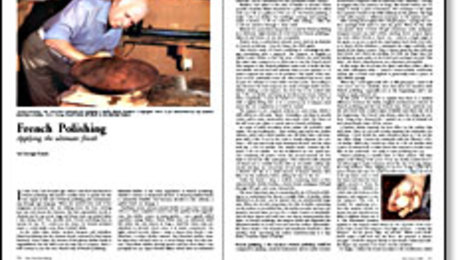 |
A True French PolishBy George Frank
|
Kremer PigmentsThis is John’s source for the pigments and pumice he uses in his french polishing. |
Videos in the Series
-
What is French Polishing?November 12, 2019
-
French Polishing: Filling the Pores, Part 1November 19, 2019
-
French Polishing: Filling the Pores, Part 2November 19, 2019
-
French Polishing: Filling the Pores, Part 3November 19, 2019
-
French Polishing: How to Build Up the FinishNovember 26, 2019
-
French Polishing: How to Tackle Carved DetailsDecember 4, 2019

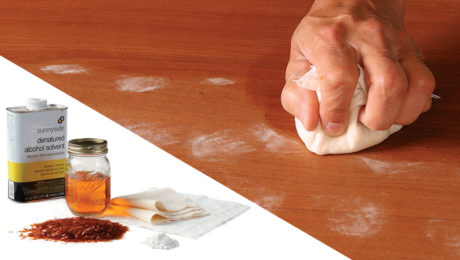
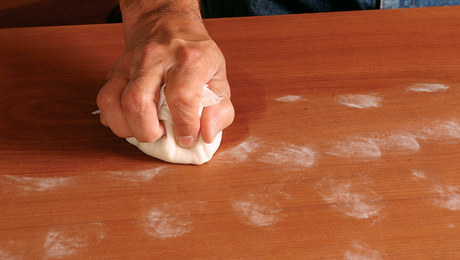
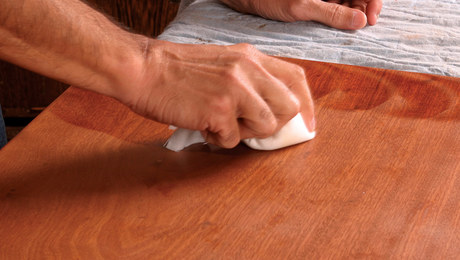
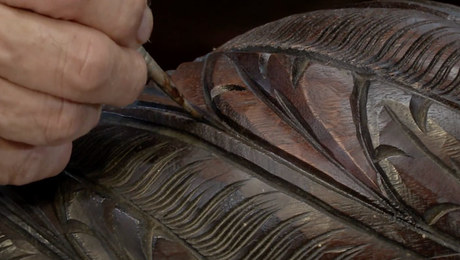






Comments
So nice to see someone who knows his stuff. I love how he explained the types of waxed and unwaxed and how he talked about wood filling (hint, hint FW). I would love to know more about how he uses dry pigments with pumice. I can't wait to see him apply a French polish.
very nice intro. is there an actual demo? thanks FWW!
It's coming. We post one episode a week with video workshops. Next week will be a three parter though.
Excellent! Looking forward to more of this.
Looking forward to it!
The video workshops are a wonderful supplement that helps bring to life the vast archive of information that FWW has published over the years. Keep up the good work!
Thank you for doing this series. Shellac brings out the beauty of wood like no other finish. It is very helpful to hear in-depth interviews with people who have a wide breadth of experience, and want to share it. It is refreshing to hear a normal conversation and not a fast-paced, edited and speeded up version.
Wow! This guy took this from the realm of a mysterious art from yesteryear (at least for me) to something we all need to know more about. We are left hanging though...can’t wait to observe his technique of first filling then polishing the variable surface of different woods with shellac. Thank you.
Nick D, Knoxville
Please send me email notifications when there are new replies to this post
Dids
Excellent listening to someone who really understands his stuff and is so plainly enthusiastic about it.
Dear FWW,
Thank you very much for making this video series. I have had the unlimited membership for about a year and was debating whether or not to keep it for another year. I don't have cable and am somewhat fussy about monthly subscription charges in general. This shellac and French polishing video series was excellent and has justified in my mind the added expense for another year of unlimited membership.
I like that the video has someone who has been doing French polish for 30+ years. I recall not that long ago when I wanted to learn how to French polish, I watched a YouTube video. At the end of 30 minutes on the YouTube video the person mentions this was their first time doing it. In other words he wasn't an expert. Though fun to watch, I couldn't rely on anything he said. Not the case in this video series.
Again, thank you!
Sincerely,
Joe
PS Please keep looking for expert and topics not well covered elsewhere.
Thank you for that comment Joe. That is our intention!
I really liked the way John Coffey talks. Very Larry-Davidy. I left like watching a woodworking themed Curb Your Enthusiasm episode:
"Looks like I didn't do anything to it, but, believe me, I did something to it""
"The first polish is to fill te grain and the second polish is... TO FILL THE GRAIN!""
It's amazing!
Would a magnetic stirring plate be acceptable vs regular hand agitation?
Absolutely!
Ben, any chance you can reach out to John Coffey and get supplemental guidance on two issues:
1) If putting a french polish on a piece previously sealed with tung oil and one experiences some blotching where oil spots have combined with the shellac to make a dark heavy film, what would John do to minimize the finish visual irregularities? I took a cabinet scrapper to some spots, and hit others with a sequence of heavy pumice rubs. is there a better approach
2) If one makes a mistake and rub through occurs what is the best approach for blending the damaged area back into the whole?
Maybe we'll have him on the podcast soon. I'll add those to a list of questions.
Log in or create an account to post a comment.
Sign up Log in